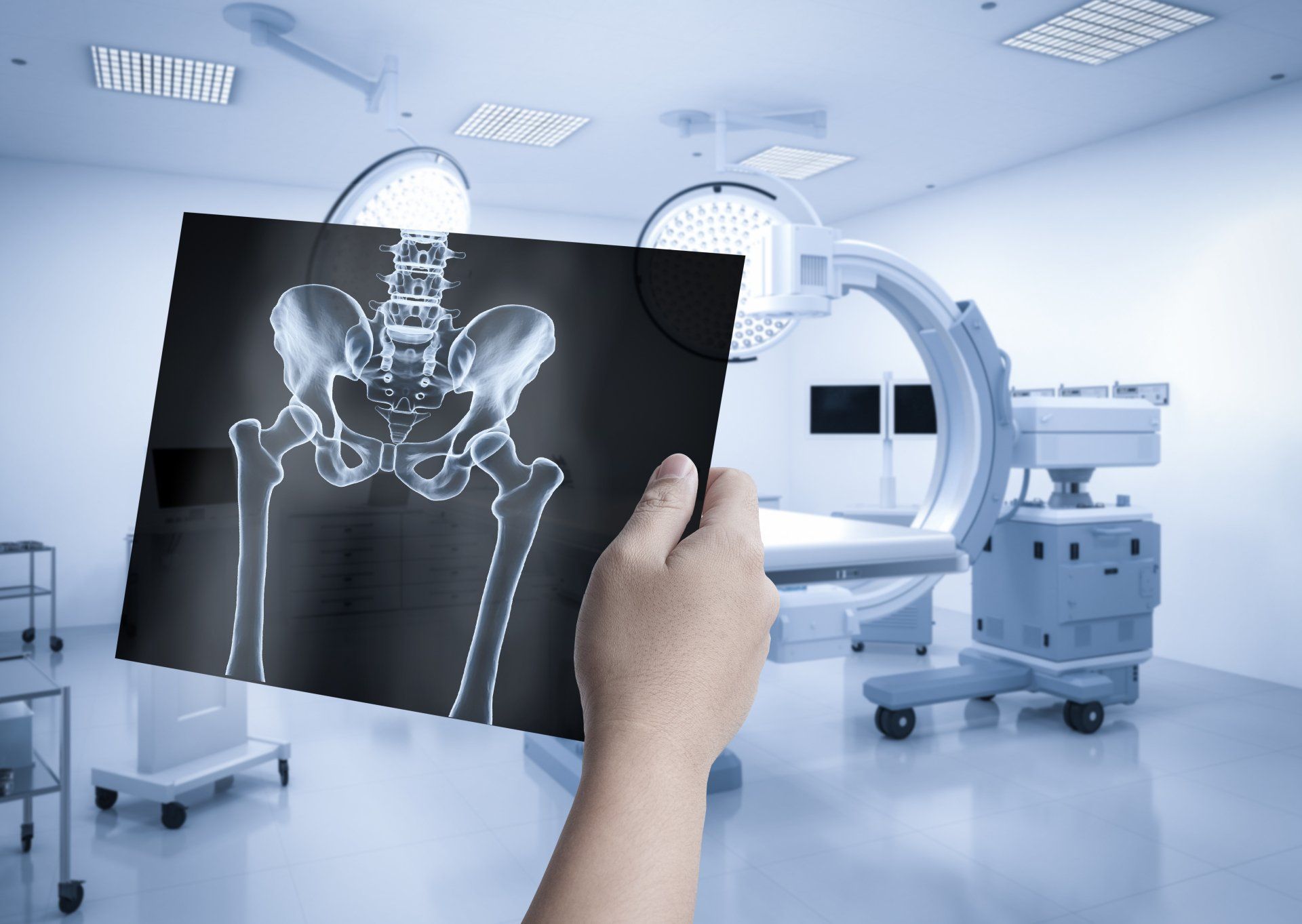Anterior hip surgery
The hip is a joint that can present with very complex pathologies, both diagnostically and therapeutically. It is a diarthrosis, as it has two articular surfaces connected by ligaments to form a capsule. This not only stabilizes and strengthens the joint to withstand constant loads and impacts, but also allows for a wide range of motion. The bones involved are the femur and the hip bone, formed by the union of the ischium, pubis, and ilium, which constitute the acetabulum.
Hip pathology can present from a very early age, even in newborns, to chronic conditions such as coxatrosis or hip osteoarthritis. Metabolic factors or medications can also cause a lack of blood flow to the femoral head. It can also be affected by conditions such as obesity or trauma, which can cause not only fractures but also dislocations.

Many hip pathologies can be easily diagnosed by taking a medical history and performing a standing pelvic X-ray, although tests such as magnetic resonance imaging, ultrasound, or bone scans can also be very useful, especially for conditions such as avascular necrosis of the hip.
Hip replacement has revolutionized the way we treat hip pathologies for several years. Although the quality and durability of the material is excellent, there are different surgical approaches. The main advantage of the minimally invasive approach over other approaches is shorter surgical time, less bleeding, faster recovery, and less difficult-to-manage postoperative pain, as the muscles do not need to be cut; they are simply separated, and the rest of the treatment is performed without injuring them.
Once hip replacement surgery is performed, ambulation with partial support (crutches or walking) is permitted on the same day of surgery, and X-ray monitoring will be performed. As part of the protocol, patients are authorized to go home approximately 48 hours later, and in some cases, they may even be discharged after 24 hours.
The anterior approach allows for short-term results, achieving a complete response 30-45 days after surgery.
Hip surgery without waiting lists
One of Biziondo's greatest advantages when it comes to trauma treatment is its waiting time. We perform emergency hip surgeries without compromising the patient's quality of life.
This information is provided by specialized healthcare personnel for informational purposes only and does not replace medical advice.
If you would like to make an appointment with our hip specialist traumatologist in Bilbao, you can contact us by phone at 946 941 347 or by using the following form.



